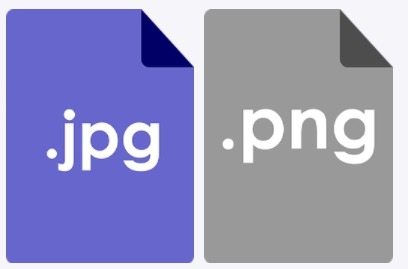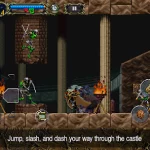It is possible to convert a raster image into a vector graphic, however, it is not an exact conversion. The conversion technique used approximations, so a scaled-up vector version of an original raster graphic would most likely appear worse than just scaling the raster image.

A raster graphic is an image that is composed of a grid of tiny squares, or pixels. This type of image is commonly used in digital photography and scanned images. Raster graphics are resolution-dependent, meaning that the size and clarity of the image depending on the number of pixels it contains.
Vector graphics, on the other hand, are resolution-independent. This type of image is composed of mathematical formulas that determine the shape and size of each object in the graphic. Vector graphics are often used for logos, illustrations, and charts because they can be scaled to any size without losing clarity.
There are a few different ways to convert a raster image into a vector graphic. One way is to use a program like Adobe Illustrator or Inkscape.
Another way to convert a raster graphic into a vector graphic is to use a tracing program. Tracing programs analyze the pixel information in a raster image and create a vector version of the image using this data. While this method can produce good results, it can also be time-consuming and difficult to get accurate results.
Finally, there are online conversion tools that can be used to convert raster images into vector graphics. However, these tools often produce poor-quality results.
So, is it possible to convert a raster graphic into a vector graphic? The answer is yes, but there are several ways to do it and not all methods are equally effective. If you need to create a vector version of an image for printing or web use, it’s best to try a few different methods and see which one produces the best results.

